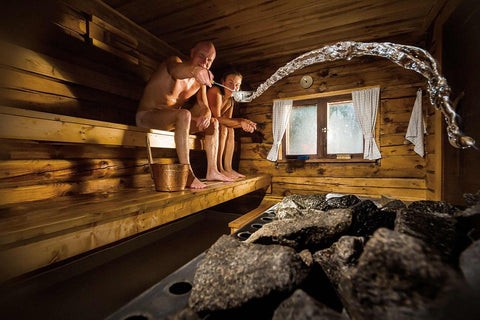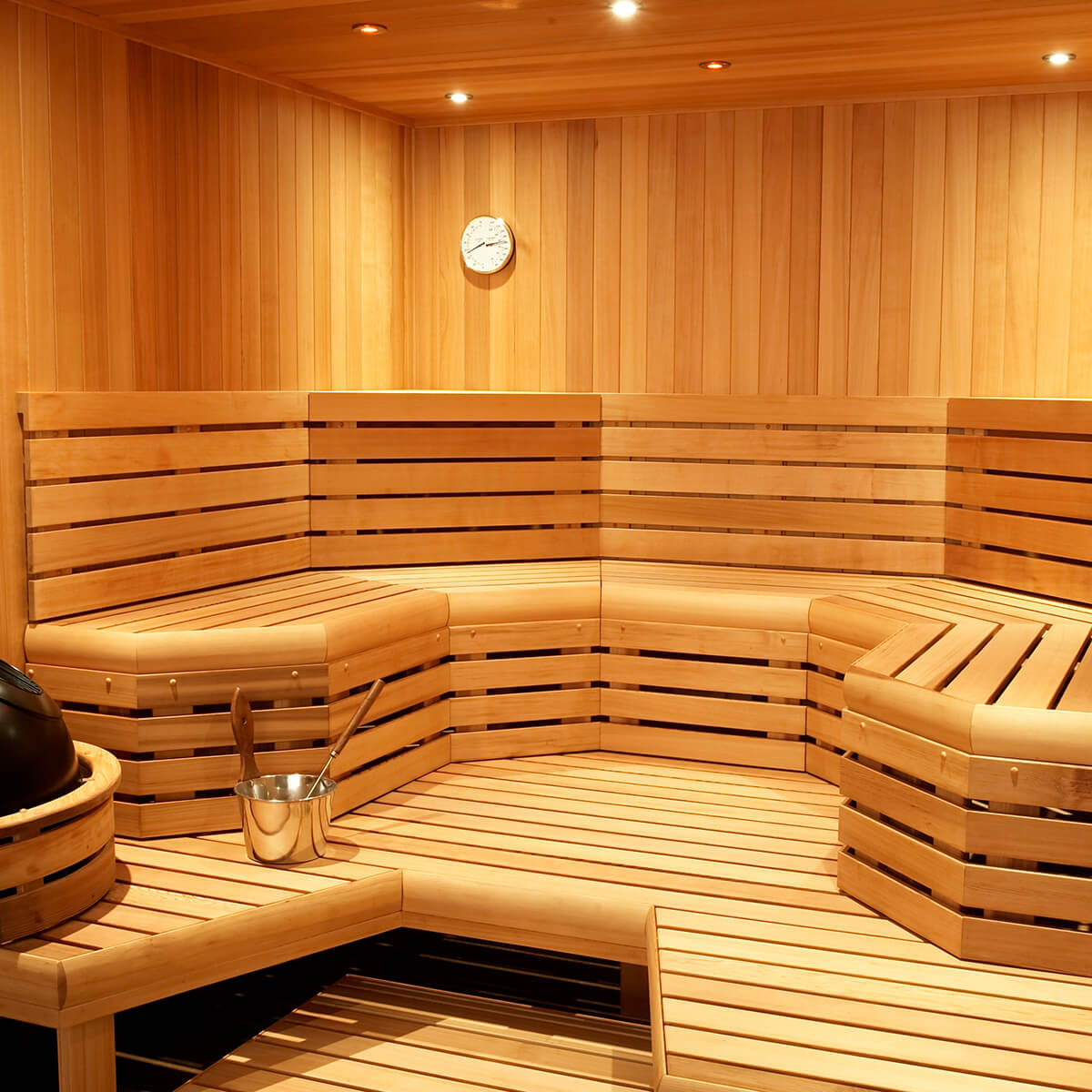Some Of Traditional Sauna
Some Of Traditional Sauna
Blog Article
The 7-Second Trick For Traditional Sauna
Table of ContentsThe Main Principles Of Traditional Sauna The 6-Minute Rule for Traditional SaunaFascination About Traditional SaunaTraditional Sauna Fundamentals Explained
Most of the weight shed in a sauna is water loss and is re-gained upon rehydrating. Without a question sauna can be a vital component of a healthy and balanced weight loss program. To look at the differences in between traditional and IR saunas, I will certainly separate these into proven, theoretical, and made differences.Hence, the best point in the saunawhich is at the ceiling directly above the sauna heateris generally in between 185 and 190 F. Traditional Sauna. Claims that a standard sauna goes beyond 200 F is merely not real and not relevant for electric saunas offered in the United States. The temperature for a far-infrared sauna is normally set between 120 and 140 F; nonetheless, unlike the traditional sauna, the objective in and IR space is not to accomplish a heat
As a result of this, the temperature difference is practically unnecessary, because profuse sweating leads to both sauna types, but the method of heating the body is various. In an IR sauna the bather will really feel warm and will certainly sweat profusely, however at a lot lower temperatures. Hence, if the goal is to spend longer time periods in the sauna, the IR sauna is an excellent option.

Traditional Sauna - The Facts
When the high temperature level is accomplished, the components cycle on and off to preserve the high temperature. Many standard sauna individuals take pleasure in putting water over the rocks to develop vapor to raise sauna moisture degrees. The benefits of putting water over the rocks consist of: making the room more comfy, dampening the nasal passages, and enabling the usage of aromatherapy by blending crucial oils with the water.
In a far-infrared sauna, the warm front pass through the body to efficiently heat the body and elevate the body core temperature. To achieve this raised temperature level, Far-infrared emitters develop infrared energy which is close to the very same wavelength as that which the body naturally emitsoften referred to as the "Essential Variety" of 7 to 14 microns), so the energy is well obtained by the body.
When the power goes into the body, it causes the body temperature to enhance and ultimately results in perspiration. In an infrared sauna it is very important for the emitters/heaters to continue to be on almost constantly. Considering that there is no mass of rocks to preserve warmth, the sauna will certainly cool down if the emitters shut off.
As stated over, the sauna bather in an infrared area wants to place himself before running emitters to get optimal advantage from the heat. The home heating time for both areas can be very different, relying on just how the rooms are utilized. For a conventional sauna, a bather needs to permit 30-40 minutes for the space to attain a wanted temperature level and to effectively pre-heat the rocks.
Traditional Sauna for Dummies
A well constructed sauna will normally accomplish a temperature level of 150-160 F in concerning 30-40 minutes. For hotter have a peek at these guys temperature levels, the room might need to warmth for a longer duration.
To some, 15 minutes was "lost" while the infrared power warmed the timber panels instead than heating a body, while others locate a pre-heated area to be much more comfy and believe a raised beginning temperature level is required to start perspiring. The length of suggested visit their website use for each and every area is about the same (10-15 mins per session); however, as a result of the reduced air temperature levels and the ability to really feel the impacts of infrared warm much faster than a typical sauna, it is not unusual for a person to invest a total amount of 20-30 minutes in an infrared sauna.
Standard saunas tend to be bigger (thus use even more electricity) than infrared saunas, although conventional saunas are absolutely offered in one and 2 person sizes as well. For a two-person traditional sauna, 5x6 or 5x7 dimension is most preferred. The leading bench can pleasantly seat 2 or 3 individuals and is likewise enough time to relax throughout the sauna session.


The average price per kWH of power in the U.S. is around $0.11, so a 4.5 kW heater will cost about $.50 to compete one hour, if the heating unit runs constantly for one hour. Generally a sauna heating system will run for 75% of the very first hour and 50% of succeeding hours on considering that the elements cycle once the set temperature level is attained.
Top Guidelines Of Traditional Sauna
A 2 individual far-infrared area is generally literally smaller than a standard sauna, often concerning 4' x 4' or smaller sized. The IR heating unit is generally 1.5-1.7 kW utilizing a 120 volt 15 amp plug-in service. Considering that the room can be used earlier than a sauna area, we will assume the area is made use of for to of an hour consisting of warm up time.
Lastly, there is a hardly ever discussed distinction in the social experience between both spaces. While our culture has actually shed some of the social benefit of the typical sauna experience, a knockout post it can be really socially satisfying. From household time in the sauna, to heart-felt conversations with loved ones, to sauna partiesthe traditional sauna experience can bring about intimate interacting socially.
Many greater end infrared areas consist of tinted light treatment, sound systems and full-glass fronts.
Report this page